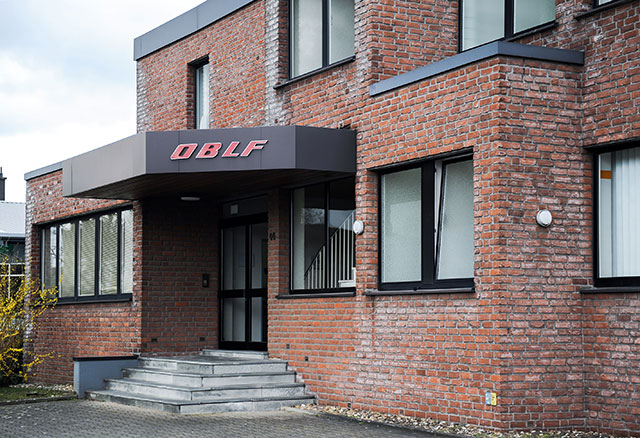Thanks to more than 40 years of experience in the fields of photonics and precision engineering, OBLF has by now become one of the world’s most important developers and manufacturers of stationary metal analysis spectrometers. Our corporate milestones were always based on the consistent development of our products to the benefit of our customers. This is characteristic of our corporate philosophy.
The company OBLF GmbH was founded with the aim of taking up the tradition of developing high-precision measurement systems. The first result of our endeavours was the ES 750 spark spectrometer in 1975. This industrial computer-based system featured the fastest spark generator (500 Hz) of the time.
The launch of the ES 750-15 extended our range of spectrometers. This model provided the special feature of combining a voltage/frequency converter (VFC) for converting photomultiplier signals with an OBLF-developed single-board computer.
Our series production was extended by the addition of a semiconductor-controlled 1000 Hz spark generator and a high-performance microcomputer system.
Conversion to an IBM-compatible, PC-based platform for equipment control and data logging purposes.
Market launch of the RS 1000 spectrometer, a new model series. A very compact spectrometer with ideal attributes for routine operation.
Patent granted for our pulse purging system for the spark chamber.
By integrating a microprocessor, the semiconductor-controlled 1000 Hz spark generator was turned into to a digitally generatable GDS discharge unit.
Market launch of the GISS data logging system. In combination with the GDS spark generator, this process elevated the field of spectroscopy to a new plane. This innovation was integrated into a new model named QSG 750.
Extension of the usable spectral wavelength range to 100 nm. This enabled the spectrometric analysis of ultra-low carbon (ULC) concentrations.
Market launch of the multi-matrix system VeOS. OBLF introduced in this high-end, solid state detector based OE spectrometer a new, exclusively for OBLF developed line sensor. The VeOS analyses from 130 up to 800nm.
Introduction of a double electrode spectrometer. The feature called ULB reduces the analysis time by a factor of 2.
The spectrometer generation II of GS 1000-II, QSN 750-II and QSG 750-II was introduced including a complete new designed read-out electronics. Hybride spectrometer using PMTs and sensor lines are now available.
The model VeOS is first able to calculate inclusions based on single spark emission spectra.
Market launch of the cost-effective multi matrix system MVS 1000. The instrument is a flexible solid state sensor line based spectrometer. The MVS 1000 is configurable with optional Na-/Li-module and N-module.

